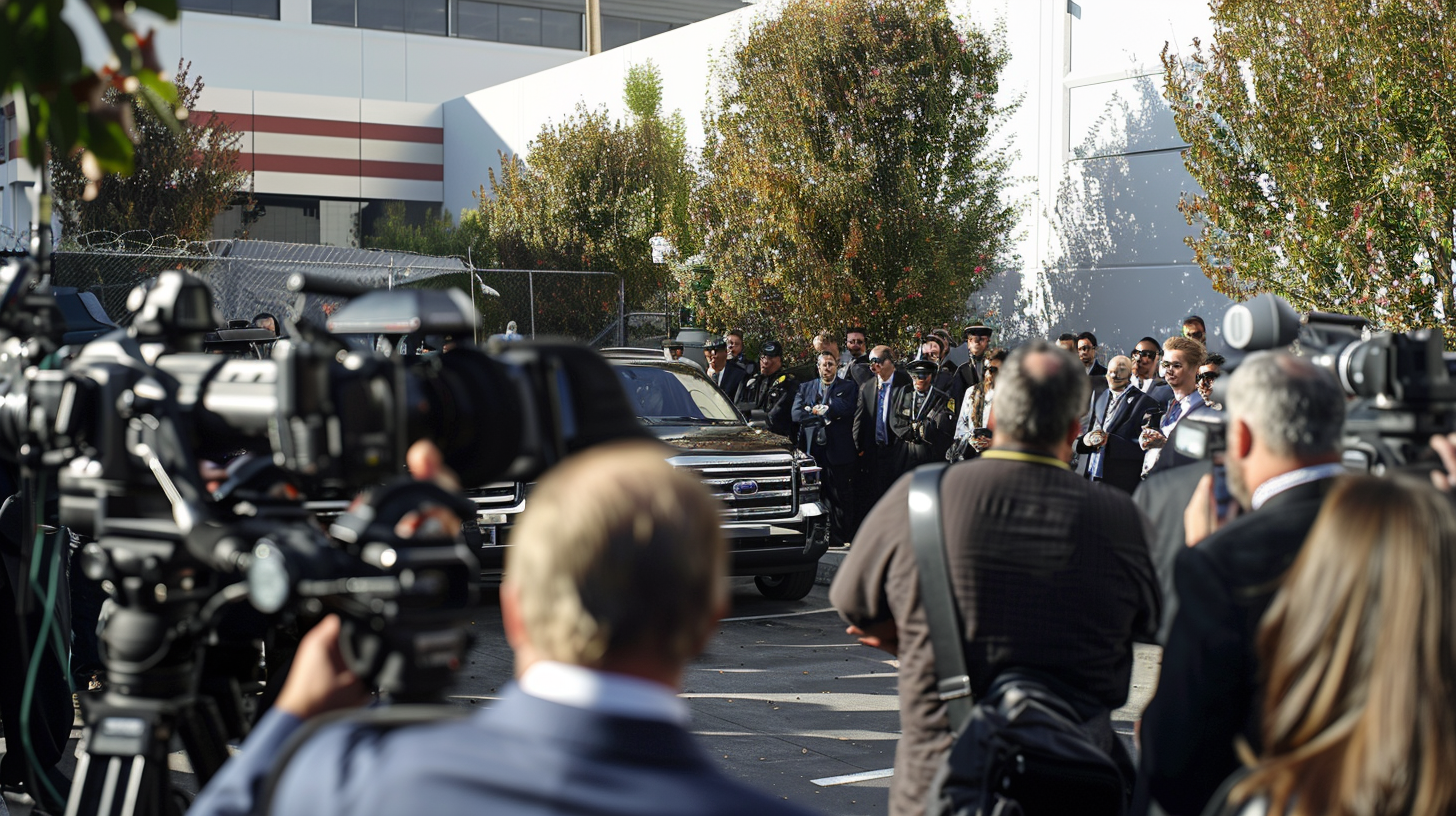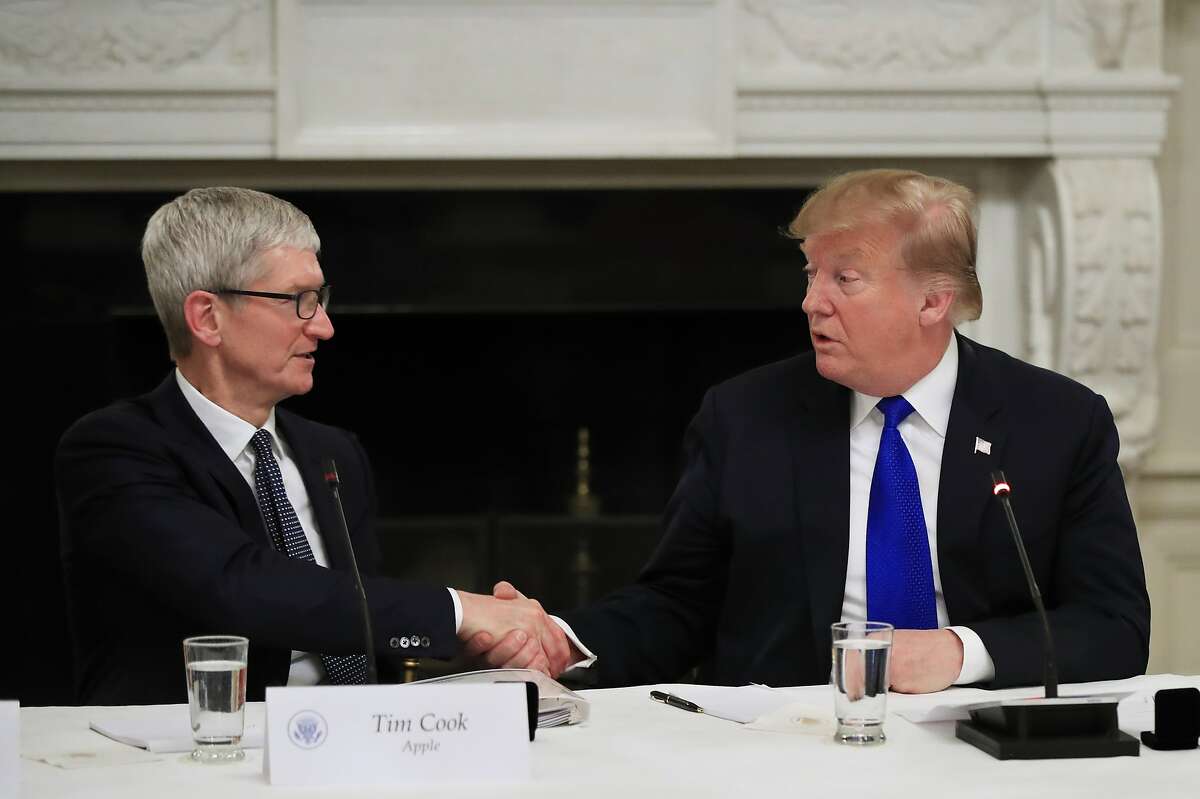The evolving relationship between the Trump administration and major pharmaceutical giants like Pfizer and Eli Lilly is reshaping the U.S. biotech and pharmaceutical sectors in unexpected ways. As President Trump’s approach to drug pricing and distribution intensifies, investors are watching closely to see whether these changes will threaten Big Pharma’s profit margins—or set the stage for a new era of growth for smaller, more innovative companies.
One of the most notable policy shifts has been the Trump administration’s overt encouragement—or at least acceptance—of large pharmaceutical firms selling directly to consumers. This “TrumpRx” strategy is a radical departure from the conventional system involving intermediaries and pharmacy benefit managers. On one hand, such a model could potentially drive efficiency and lower costs for some patients. On the other hand, it stirs up considerable uncertainty about how much profit large firms like Pfizer and Eli Lilly can preserve in an environment where pricing pressure and regulatory scrutiny are rising.
For investors focused on the biotech sector, the uncertain impact on Big Pharma profits is neither an all-out negative nor a clear positive. Recent developments, including public negotiations between the Trump administration and pharmaceutical leaders, have left markets feeling neutral in their outlook. There’s a sense that the sector may finally be heading into a period of relative stability after years of headlines about aggressive price controls and disruptive policy threats.
But questions linger: If legislative and regulatory changes ultimately compress profit margins for giants like Pfizer and Eli Lilly, how much will these incumbents be willing to invest in breakthrough innovation? Big Pharma’s research budgets have long been a cornerstone of biotech progress, underwriting everything from gene therapies to next-generation cancer drugs. If these resources dwindle, will smaller players have to pick up the slack—or could this shift clear the runway for young, ambitious biotech companies to rise?
Some analysts argue that a direct-to-consumer environment and tighter financial discipline for industry leaders could empower small and mid-cap biotech firms. Unlike their larger rivals, these companies are often leaner, faster-moving, and more reliant on outside partnerships and licensing deals to bring new therapies to market. With Big Pharma potentially becoming more selective in its investments, nimble startups may find themselves with new opportunities to innovate, collaborate, and even become acquisition targets.
Ultimately, the Trump administration’s evolving stance toward pharmaceutical profits and the direct selling model may serve as a stabilizing force in the sector—at least in the short term. Investors will need to monitor how major policy decisions translate to bottom-line impacts, R&D spending, and future innovation. While uncertainty remains, the potential for small-cap biotech firms to thrive in the coming years has rarely looked more compelling. For patient investors, this environment could prove fertile ground for discovering the next generation of biotech trailblazers.







